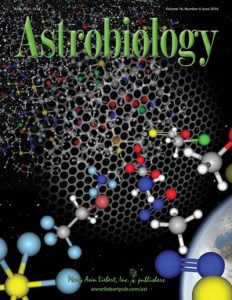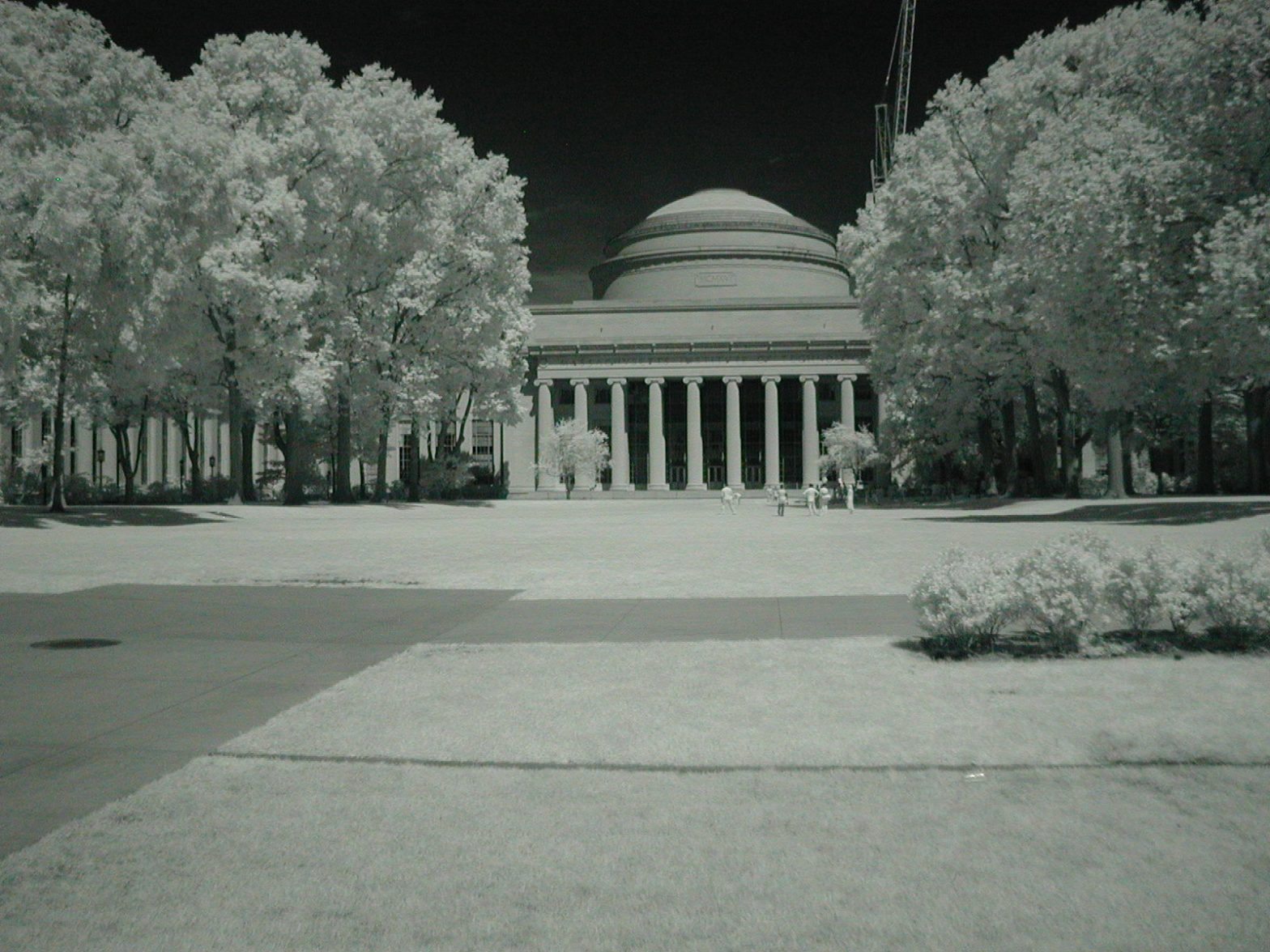I am incredibly lucky to be working with Prof Sara Seager on what life could look like on other worlds.
Sara is a Professor of physics at MIT, and one of the leading thinkers about exoplanets and their atmospheres. See here for Sara’s web pages.
Astronomers are discovering new planets around other stars at a rate of about 1/day. But we cannot land spacecraft on them. The fastest manmade machine ever – the Helios 2 spacecraft – would take 17,000 years to get to the nearest star at its top speed. So we have to analyse them remotely by spectroscopy to see if their chemical composition has been altered significantly by life on their surface and in their oceans. This means their atmospheric composition, which can be detected (in principle) from the spectrum of light emitted, reflected and absorbed by their atmosphere.
Life has radically altered the atmosphere of Earth, filling it with oxygen. However, the early Earth had life but had very little oxygen in its atmosphere, so other “biosignature” gases might also be signs of life. Different planets with different rock chemistry, volcanism, temperature or atmospheric masses could also show different biosignatures. This project seeks to catalogue what worlds might be possible and how life would transform their atmospheres, so when we build telescopes sensitive enough to find these worlds, we have a head start on deciding how to look for signs of life.

We have done a lot of modelling of what life would look like on worlds very different from ours, such as ones where the atmosphere is full of hydrogen, not nitrogen and oxygen. Recently, we have dug into a more basic question of why life has the chemistry it has anyway.
The first output from this was a list of all the gases that life could possibly make on an alien world – 14,000 of them. These pages list the current version of the database, which was first described in the journal Astrobiology. Current work is on why life on Earth apparently makes only a few of these.
See Sara’s pages for more on the group and its work overall, and the references pages for some of the published work.
